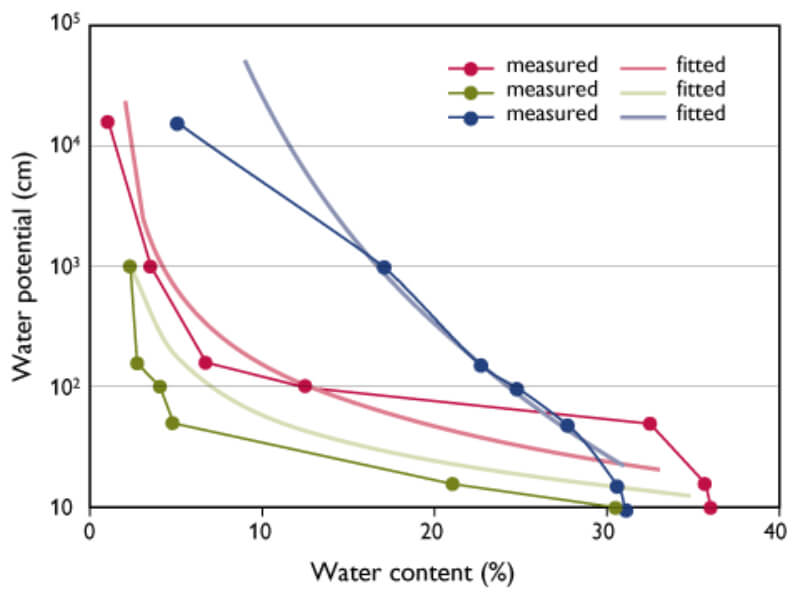
How to Cite
Share
Abstract
In Denmark the supply of drinking water is based almost solely on groundwater. During the past few decades Danish groundwater monitoring has encountered numerous instances of pollution with pesticides and their metabolites (GEUS 2003a). As a result, some hundreds of abstraction wells out of about 8000 in general water supply have been closed. With this background, there is a particular concern for reducing the leaching of pesticides into the groundwater. In the present study an approach for identification of areas potentially prone to pesticide leaching is described. The potential risk of leaching of pesticides from agricultural areas into groundwater is minimised through a procedure of approval; however, some leaching still occurs (GEUS 2003b). The Danish counties are therefore obliged to identify areas where there is a particular risk of pesticide leaching, and where restrictions in use of pesticides may be introduced to reduce the risk (Miljøstyrelsen 2000). The Geological Survey of Denmark and Greenland (GEUS) and the Danish Institute of Agricultural Sciences (DJF) have carried out a project, focusing on sandy agricultural areas, that attempts to establish the necessary background knowledge for identifying areas particularly prone to pesticide leaching. The project aims to distinguish vulnerable and less vulnerable areas, both locally and nationwide, in a cost-effective way.
How to Cite
Share
Downloads
Editors: Martin Sønderholm & A.K. Higgins
The Review of Survey activities presents a selection of 23 papers reflecting the wide spectrum of activities of the Geological Survey of Denmark and Greenland, from the microbial to the plate tectonic level.
The Survey's activities in Denmark are documented by ten papers. These include discussion of the [...]










